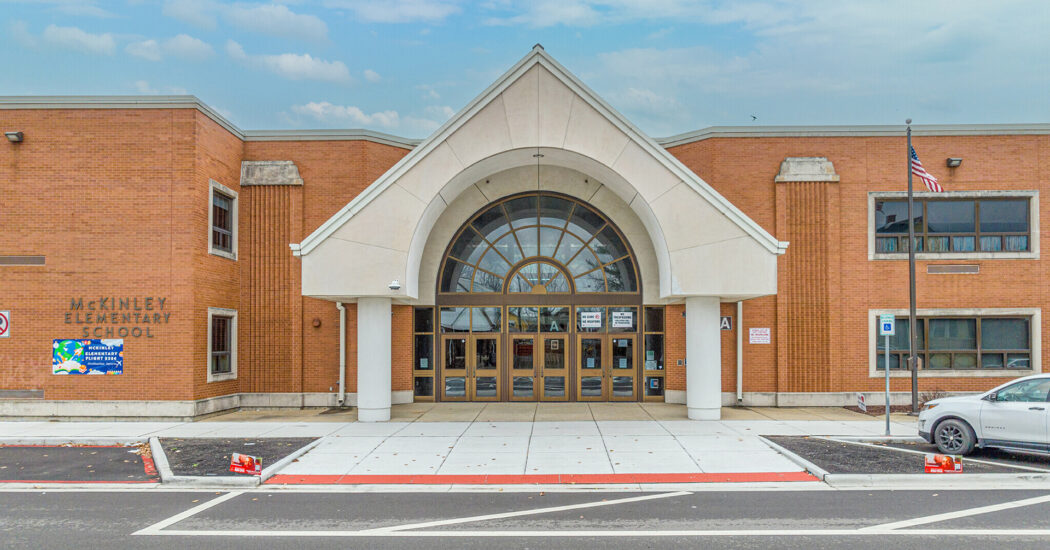Design Crossover: Filling the Higher Ed STEM Pipeline Starting in K-12
-
Category
Studio-Higher Ed, Innovation -
Posted By
Schmidt Associates -
Posted On
Dec 14, 2020
How Purdue University is combining community engagement, early program exposure, and cutting-edge education design to increase its engineering student pipeline.
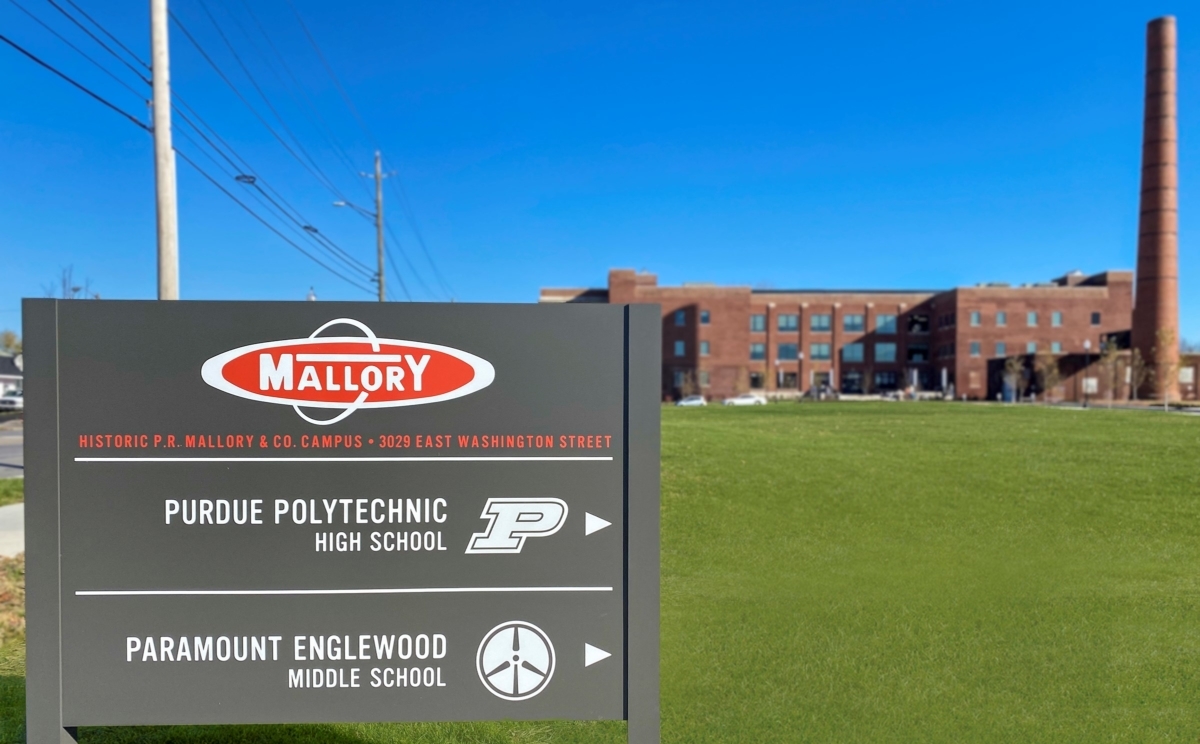
STEM careers are in increasingly high demand. Today, we don’t have the volume of prepared applicants funneling into higher education institutions to meet the workforce needs of tomorrow and continue to successfully compete in the global economy.
It’s imperative for colleges and universities to scale that pipeline by reaching further and getting creative to recruit more—and more diverse—students.
Learn more about designing STEM programs and spaces to fuel economic growth.
A Model to Extend the Higher Ed Pipeline
Purdue University is one institution that has established a model to increase their science, technology, engineering, and math program pipeline from historically underrepresented groups. Purdue Polytechnic High School (PPHS), in partnership with the City of Indianapolis and others, opened its first charter high school in 2017 and now has three across the state. The schools have a STEM-focused curriculum designed to set students up for admission to Purdue’s engineering program upon graduation. The first graduating class will matriculate in the spring of 2021.
The model combines a non-traditional, hands-on curriculum with internships, real-world projects, dual-credit courses, on-campus experiences at Purdue’s Lafayette campus, and technical certifications to give kids a jump start on a future they often never thought possible.
One of these PPHS schools moved to a new home this fall: the renovated and restored P.R. Mallory campus, a historic industrial site on Indianapolis’ Near Eastside.
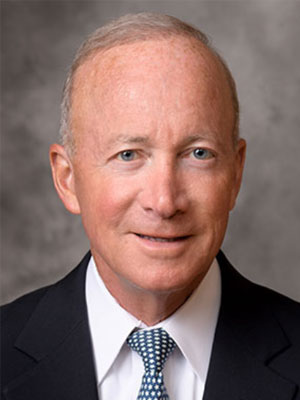
Daniels
“This is among so many efforts we are making to try to make Purdue University a place of equal opportunity and wider access,” Purdue University President Mitch Daniels said at the new campus’ grand opening. “This project is essential. It’s the most direct thing we can do…to build our own pipeline.”
As of a January 2020 open letter from President Daniels, the first PPHS graduating class (class of 2021) was already on track to more than double 2019’s number of incoming freshman from Indianapolis Public Schools to the engineering program.
And that pipeline is now poised to start even earlier. Paramount Englewood middle school shares the new P.R. Mallory campus with PPHS. The two schools plan to integrate some activities and begin the journey to Purdue in fifth grade.
“When you have a grade five through a grade 12 continuum, the things that we’re going to be able to do together are almost unimaginable today,” Scott Bess, head of school at PPHS, noted as the schools opened together in August.
Curriculum + Design = Student Success
The parallels between the P.R. Mallory building—with its huge multi-pane windows that flood each floor with natural light and the contrast of old wood and brick with new modern fixtures—and a higher education building are clear. Walking the halls before school was in session, you might not guess you were in a K-12 facility. We designed the building to bridge the needs of K-12 students with a sophisticated environment that will prepare them for college STEM programs. PPHS’ hands-on course offerings are innovation focused, and they offer flexibility between group and independent learning throughout the school day. In addition, the campus’ two K-12 tenants will be integrated with each other and with Purdue University, which impacts how the building needs to serve them.
Our team capitalized on opportunities within the large, open structure to best support PPHS’ pipeline model and pedagogy. This included:
- Creating a variety of flexible spaces for active learning, such as collaborative study lounge areas, classrooms with garage doors and moveable dividers, and communal gathering spaces that can be configured for different types of activities, educational modalities, and events
- Designing “clean” and “dirty” STEM makerspaces to facilitate endless types of projects and hands-on learning experiences
- Seamlessly integrating TVs, smartboards, and other technology alongside historic features to inspire innovation
- Adding sophisticated finishes to elevate the high school experience, giving students a beautiful place to come every day
The benefits of this type of active, flexible, collaborative classroom design is well documented. Flexible learning environments help break down the barrier between students and their instructors, as well as between other students. This encourages greater interaction, engagement, a sense of being “co-constructors of knowledge,” and a stronger connection with their teachers. (Rands, 2017)
With this school just blocks from their homes, students now have a cutting-edge place to learn and develop while maintaining a sense of belonging by staying in their own neighborhood. The mental and emotional benefits of this combination, along with the flexibility PPHS offers to learn according to their own style and pace, give kids a much greater chance of success.
Reviving a Community Asset
The P.R. Mallory building’s legacy of innovation and scientific discovery played perfectly into its new incarnation as a STEM education facility.
For 50 years, the campus was home to the P.R. Mallory & Company factory. It was the birthplace of the Duracell battery and many significant technological contributions to WWII efforts (which explains some of the secret underground rooms found during construction). With such a storied history and expansive square footage, the site has been a focal point of Indianapolis’ Near Eastside neighborhood.

Photos from P.R. Mallory’s memoir – Recollections: Fifty Years with the Company
Since P.R. Mallory shut down its operations in the 70s, however, the campus became an abandoned eyesore. Several attempts by developers to revive the site over the years had fallen through. It was not until a non-profit community developer began talks with Purdue to locate its high school there that the light at the end of the tunnel became visible.
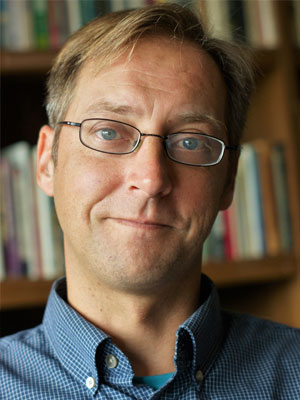
Bowling
“I really wanted this campus to truly be community serving and add to the kind of community and neighborhood that we had been working on,” Joe Bowling, executive director of Englewood Community Development Corporation said. “I can’t even think of a mix of uses that I feel better about than two high quality schools serving predominantly low-income [students] and students of color.”
The idea of bringing Purdue into the neighborhood had a positive effect on community sentiment even from the project’s early phases.
“Once [Purdue] planted their flag, in a big way, it showed confidence in us as community members—their confidence in us to be able to get it done,” Bowling said. “It was motivating; it was encouraging.”
Since opening this summer, the project has already begun to garner accolades for its innovative historic reuse and contributions to the neighborhood’s revitalization.
A New Foundation for the Future
The hard work required to overcome the challenges this project presented, which ranged from the hidden issues of a 100+-year-old building to the incredibly complex financials of a public-private partnership with a historic structure at its heart, is a testament to what PPHS stands for, according to Bess.
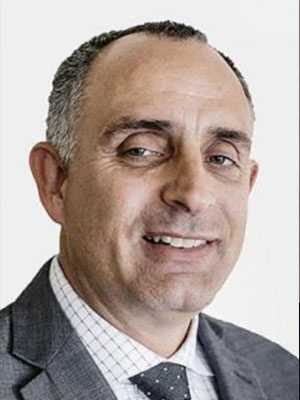
Bess
“We had a vision for this school. None of us knew at the time how hard it was going to be. And that’s really what sets us apart as a school—the willingness to do hard
things,” Bess said. “Having a building like this is the icing on the cake. When you walk in there you can see the collaboration spaces; you can see the makerspaces…[it’s] a physical manifestation of what that hard work is about.”
In short, Purdue’s model, brought to life on Indianapolis’ Near Eastside, doesn’t just benefit the university. It’s transformative for the students, the community, and the future STEM workforce in Indiana and the United States as a whole. It’s an example that when K-12 and higher education join forces, a lot can be accomplished.
As President Daniels put it, “This is going to be a wonderful success story in multiple dimensions.”







